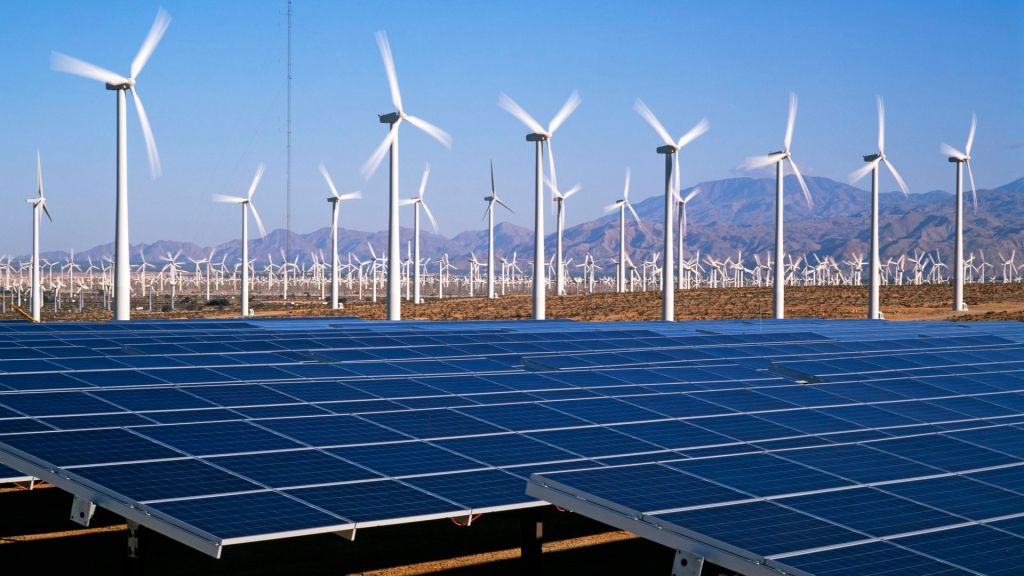Living in a rural area has its own unique charm and benefits, but it also comes with certain challenges, especially when it comes to energy solutions. However, with the advancements in technology and the increasing focus on sustainable living, there are now several cost-effective energy options available for those who choose to live off-grid or in remote areas. In this article, we will explore some of these solutions that can help make rural living more sustainable and affordable.
Solar power is perhaps one of the most popular renewable energy sources for rural areas. With abundant sunlight available in most rural locations, harnessing solar power can significantly reduce or even eliminate electricity bills. Solar panels can be installed on rooftops or mounted on the ground to generate electricity from sunlight. The initial setup cost may seem high, but over time, solar power systems pay for themselves through reduced utility bills.
Another viable option is wind power. Rural areas often have open spaces where wind turbines can be installed to generate electricity. Small-scale wind turbines are suitable for individual households and can complement other energy sources like solar power. Wind power is particularly useful in regions with consistent winds throughout the year.
Hydroelectric power is another cost-effective solution for homes located near rivers or streams. By utilizing water flow to turn a turbine generator, hydroelectric systems produce reliable and clean electricity without any greenhouse gas emissions.
Biomass energy utilizes organic matter such as wood pellets or agricultural waste to generate heat or produce electricity through combustion processes. This type of energy source is readily available in rural areas where there is an abundance of forests and agricultural activities.
For heating purposes, geothermal energy provides an excellent alternative by tapping into the earth’s natural heat reservoirs beneath our feet. Geothermal heat pumps extract warmth from underground during winter months and transfer it indoors via a series of pipes buried deep underground.
Energy-efficient home design plays a crucial role in reducing overall energy consumption regardless of which renewable source you choose. Insulating your home properly, using energy-efficient appliances, and implementing smart home technologies can significantly reduce your energy needs.
Additionally, it is worth considering community-based solutions. In rural areas, communities can pool resources to invest in larger-scale renewable energy projects such as community solar farms or wind turbines. This approach allows for cost-sharing and the benefits of economies of scale.
In conclusion, there are several cost-effective energy solutions available for rural living. From harnessing solar power and wind power to utilizing hydroelectric or geothermal sources, there are options to suit different locations and requirements. Implementing energy-efficient practices alongside these renewable sources will further enhance sustainability while reducing overall costs. By embracing these alternatives, rural dwellers can enjoy both a more sustainable lifestyle and potential long-term savings on their energy expenses.


Leave a comment